Current PhD students of the Department of Comparative Anatomy
mgr Paulina Mizia - 1st year of the PhD program – supervisor dr hab. Rafał Piprek
My PhD thesis is a continuation of research carried out as part of my MSc thesis, which was focused on gonad development in four bird species (zebra finch, pigeon, duck, and chicken). Gonadogenesis was analyzed starting from the earliest stage of gonad development to already sexually differentiated gonads.
Gonads (testis, ovary) develop at the ventro-medial surface of the mesonephros as thickenings of coelomic epithelium forming genital ridges. Asymmetry is a characteristic feature of bird reproductive systems both in the ovary (right ovary is reduced) and the testis (left testis epithelium is thicker). Results from my MSc thesis indicate that gonad asymmetry is visible from the earliest stage of gonad formation. Moreover, my findings prove that gonadogenesis in the zebra finch is unique. The asymmetry of genital ridges was especially noticeable, because of the colonization of the left gonad by numerous germ cells, and thus division into cortex and medulla is blurred. Subsequent research demonstrates that at later stages of gonadogenesis, the testis cortex is highly developed, reminiscent of the structure of the ovary in the zebra finch.
Research planned as part of my PhD thesis will include histological analyses of the development of gonads of species closely related to zebra finches (great tit and canary) to check whether such a unique course of gonadogenesis is characteristic only for zebra finches or also for other passerine species. I will also use techniques such as electron microscopy and immunohistochemistry, which allows, for example, to determine the exact location of germ cells, proliferating or apoptotic cells.
Obtained results will resolve many questions raised by previous research. This thesis will contribute to explaining the mechanism of cell apoptosis in developing gonads and the inductive effects occurring during bird gonadogenesis.
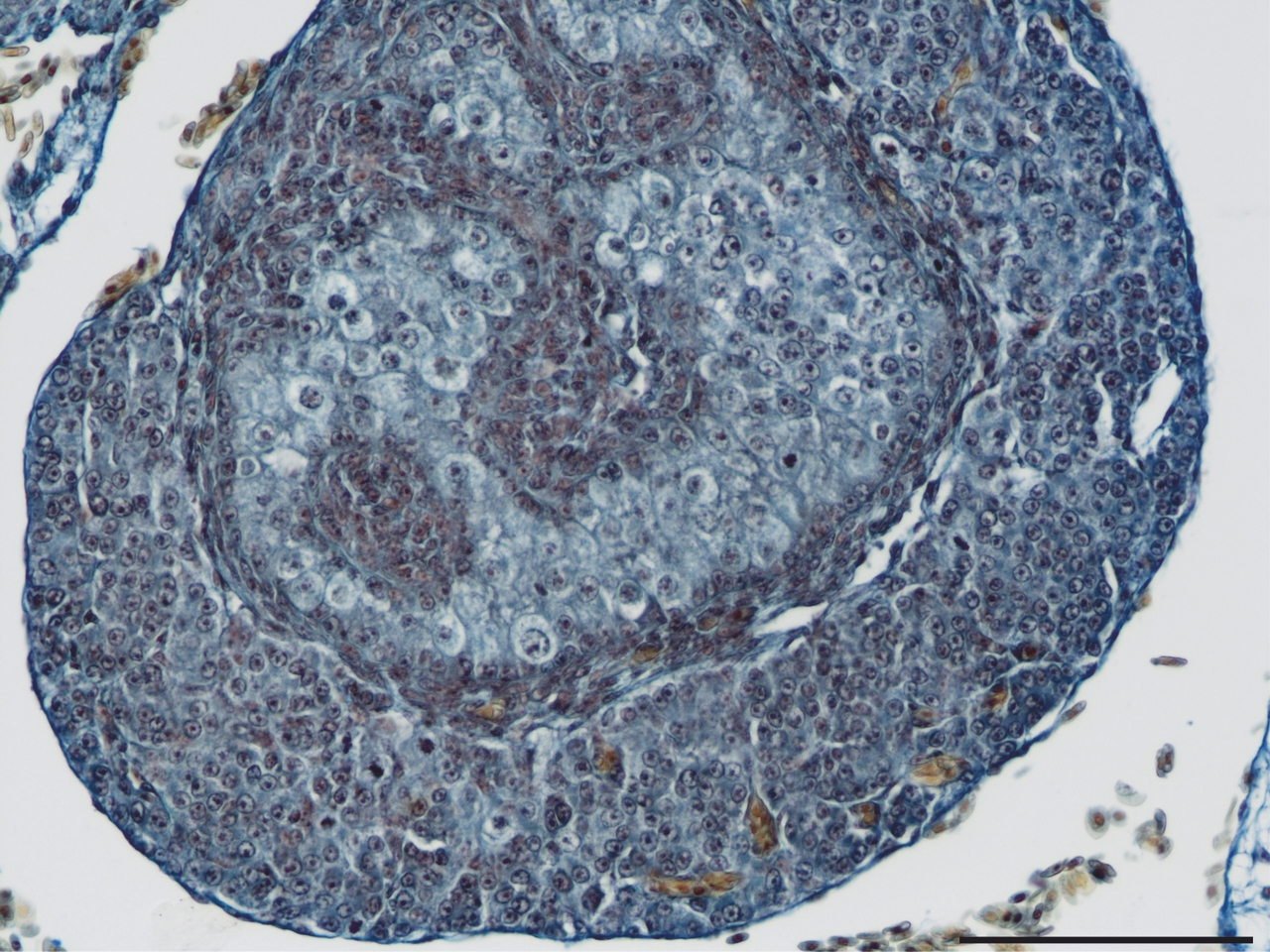 |
 |
mgr Izabela Rams - 1st year of the PhD program – supervisor dr hab. Rafał Piprek
The aim of the doctoral dissertation is to study the development of gonads in representatives of the squamate reptiles (Squamata). These studies are a continuation of the analyses that I carried out as part of my master's thesis on the development of gonads, with particular emphasis on the process of separation of sexual combs and the process of sexual differentiation of gonads, in several species of lizards representing different families. These studies revealed variation in these processes among species, indicating that gonadogenesis is not a conservative process and that there is no universal model for structural changes occurring during gonadal development. Despite this diversity, there are common features in the development of the gonads of all the reptiles studied. All vertebrates, including reptiles, have gonadal buds, or crests, on the ventral surface of the glands. These combs are covered with a celomic epithelium in which the pregender cells complete their migration. In the center of the comb, somatic cells accumulate, which indicates the beginning of core formation. Then the division into the cortex and the gonadal core becomes apparent.
My current research concerns the analysis of the development of gonads in the bearded agama and the corn snake. The plan is to extend analyses of the development of the gonads of the bearded agama and corn snake to include immunohistochemical tests. These studies are aimed at understanding the molecular processes and expression of genes responsible for the development of gonads, including processes of apoptosis and cell proliferation.
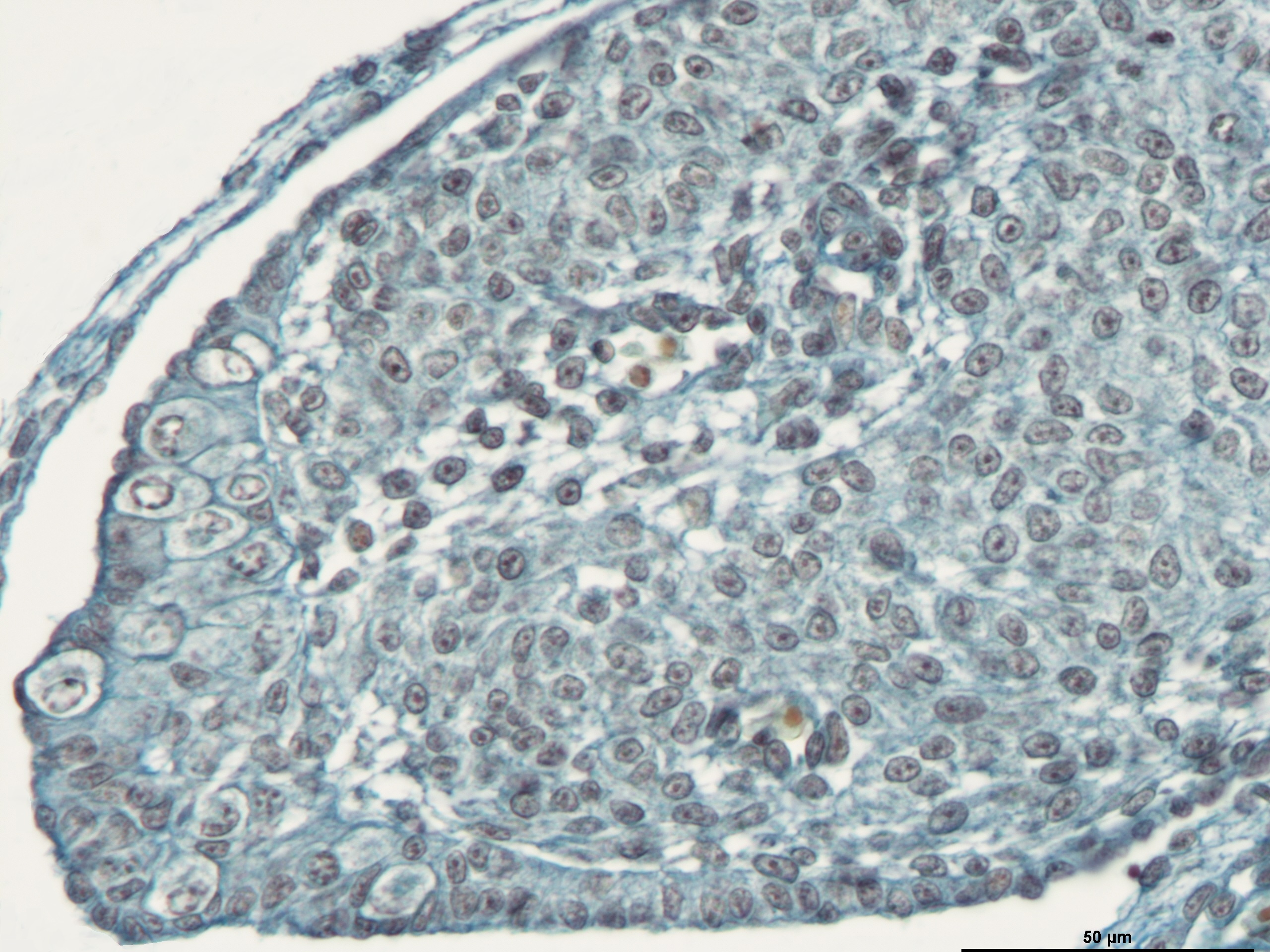 |
 |
Examples of Phd theses made in the Department of Comparative Anatomy
Anna Dymek - Anna Pecio
The aim of Anna’s PhD dissertation is to describe modifications associated with insemination in the structure of gonads (and gametes) in Osteoglossomorpha fish.
One of the species that I am working with is the butterfly fish, Pantodon buchholzi Peters, 1876 (Pantodontidae, Actinopterygii). This is a freshwater fish living in Central Africa. It is a specialized surface hunter. The common name of this species stems from the horizontal arrangement of the fins which, while jumping, resemble wings. This species is popular among aquarists due to its unusual morphology, diet and small size (max. 13 cm). Sexual dimorphism is visible in the shape of the anal fin; in males it is divided into two parts, whereas females possess an undivided anal fin.
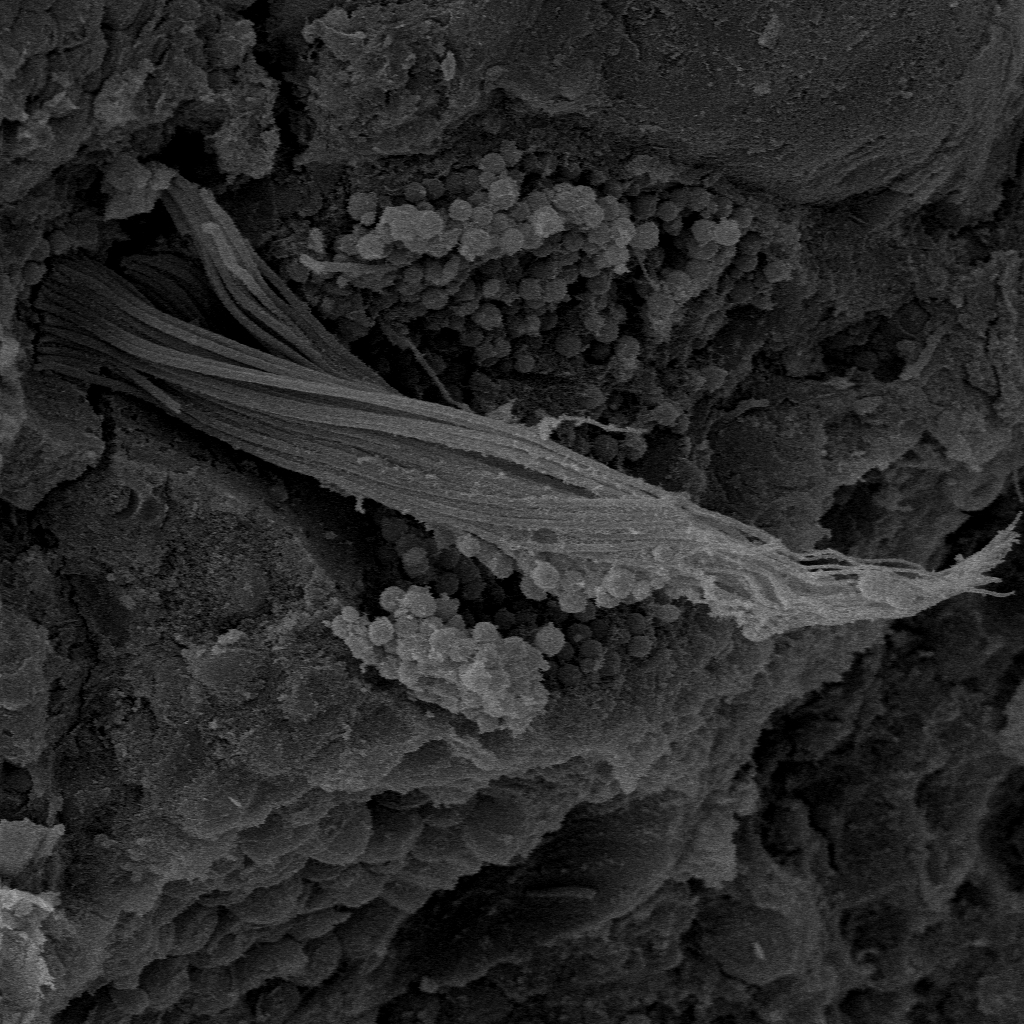 |
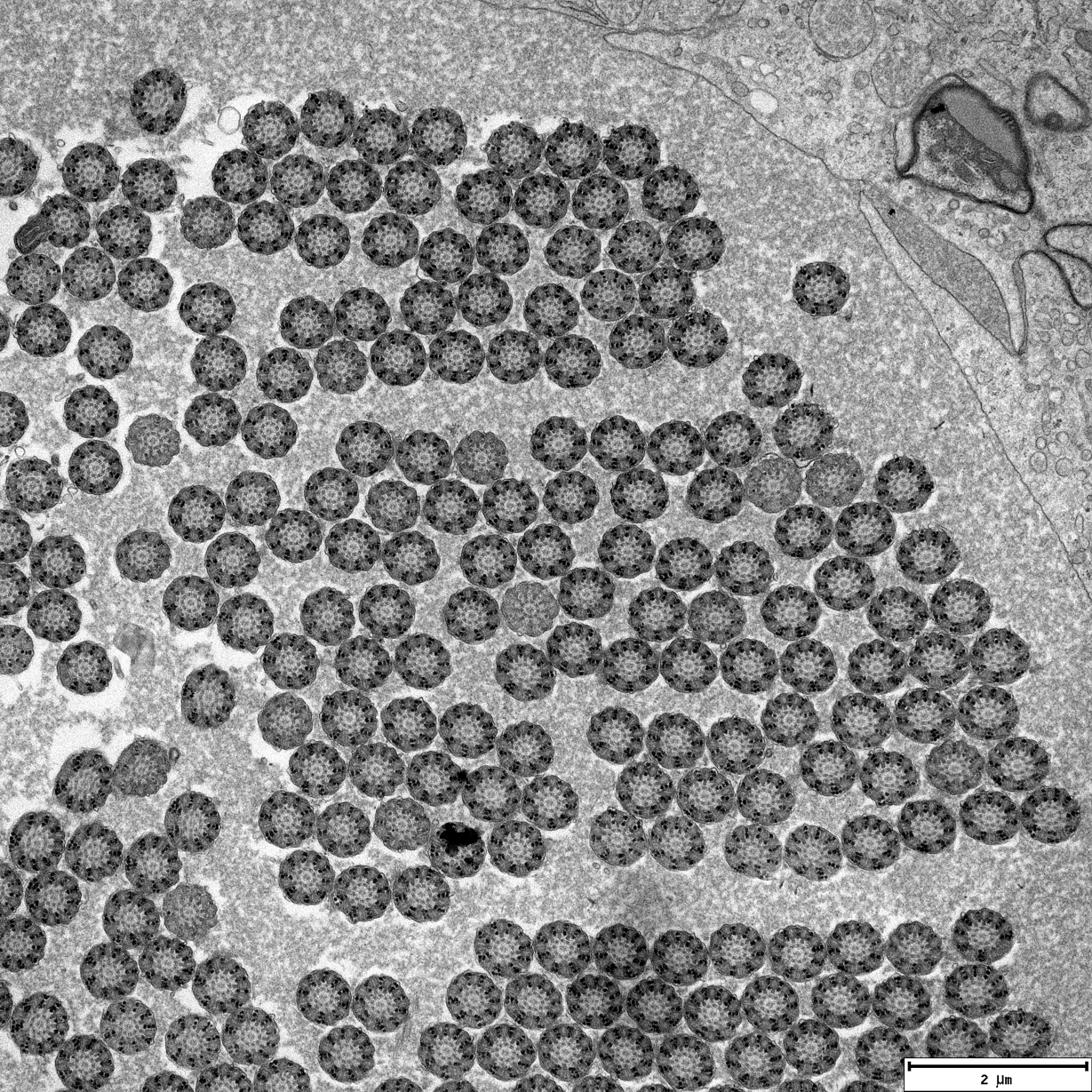 |
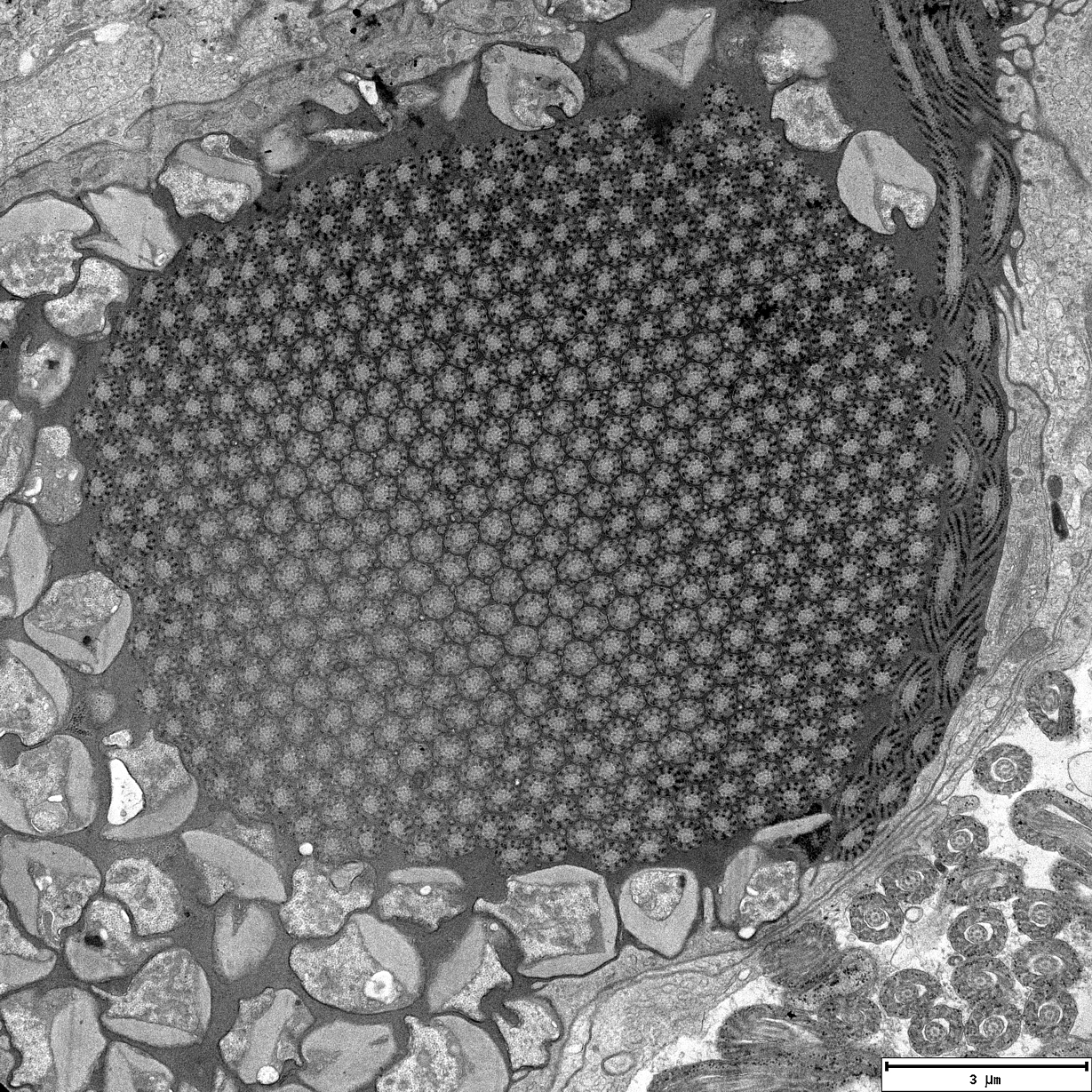 |
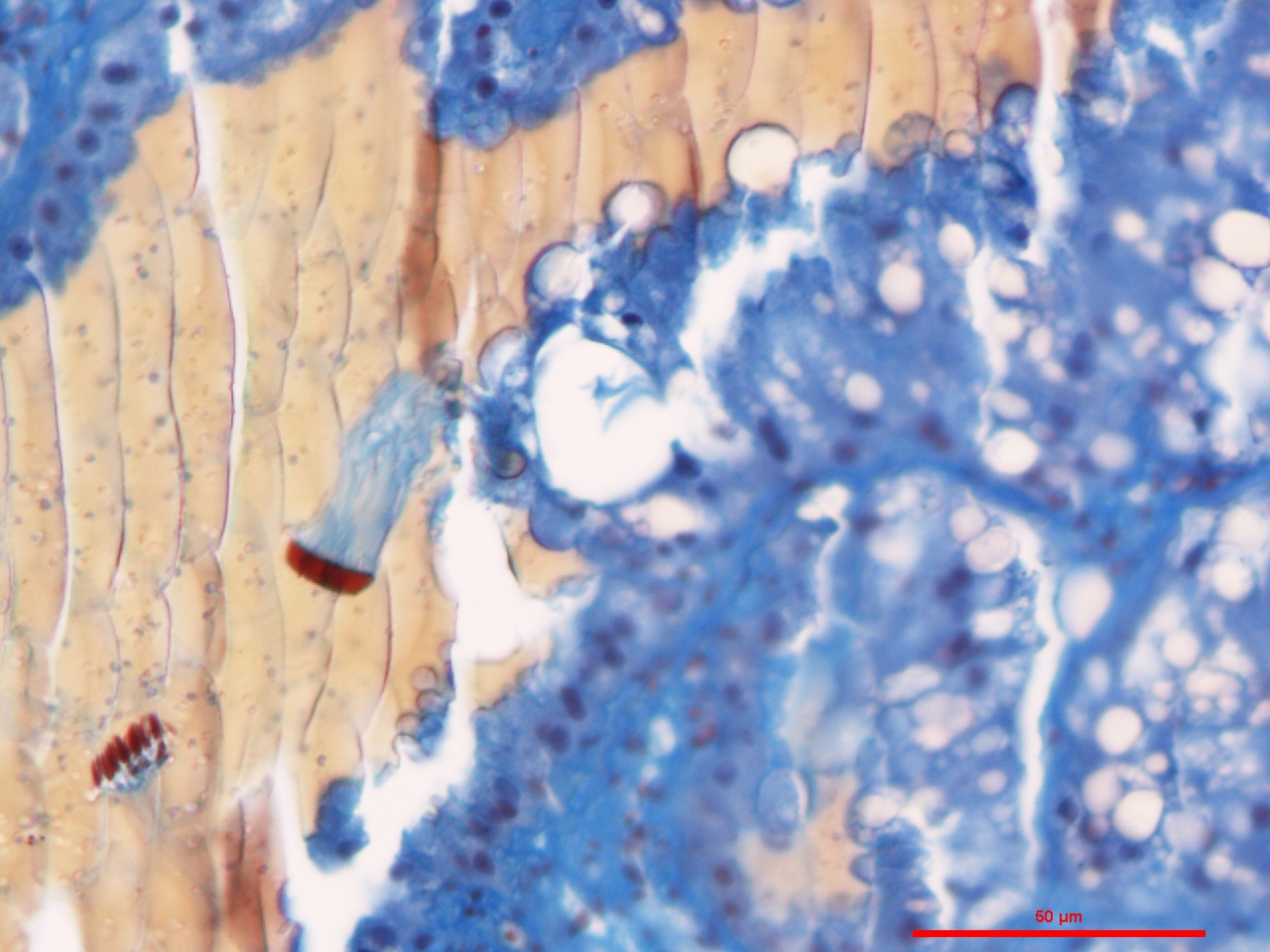 |
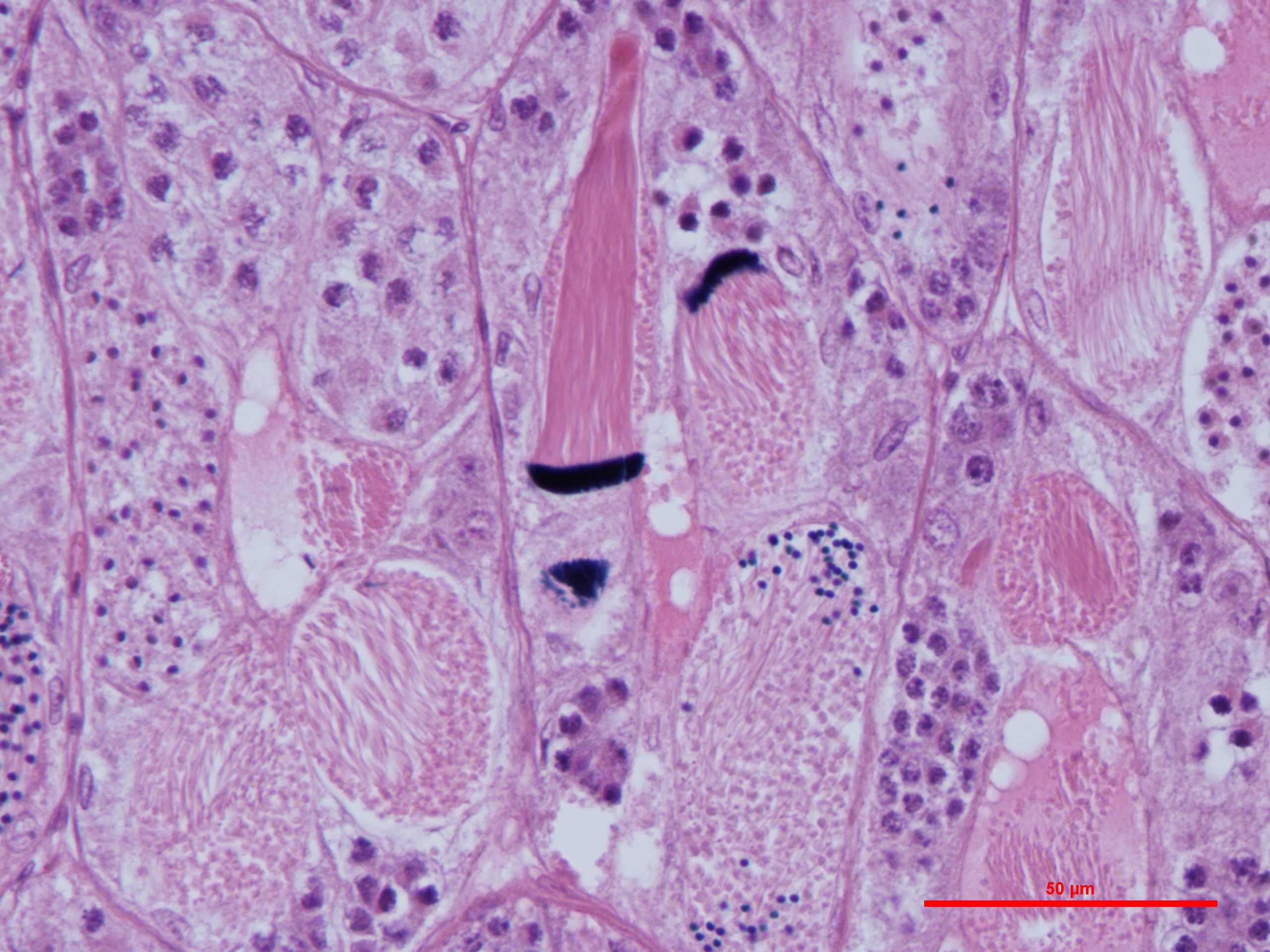 |
Jakub Dymek - Krystyna Żuwała
Jakub is studying the ultrastructure of chemosensory organs in fishes from the families Syngnathidae (pipefishes and seahorses) and Belonidae (needlefish), with reference to reproductive behavior and the environmental conditions of their habitats, and will compare his results with species from other families. These fishes have an unusual breeding biology that includes that reversal of gender roles in some species, with the male caring for the eggs.
Doryichthys martensii (Peters, 1868) (Syngnathidae, Actinopterygii) Small fish (up to 15cm long), occurring in freshwater of Indonesia, Malaysia, Thailand and Borneo.
Xenentodon cancila (Hamilton, 1822) (Belonidae, Actinopterygii) Small fish (up to 40cm long), occurring in freshwater of Sri Lanka and eastern India. In the related Garfish (Belone belone) the olfactory chamber is missing and olfactory epithelium is on the papilla, on the outside of the skin.
Doryichthys boaja (Bleeker, 1850) (Syngnatidae, Actinopterygii) Small fish (up to 40cm long), occurring in freshwater of Indonesia, Thailand, Malaysia and Vietnam, sympatric with D. martensii.
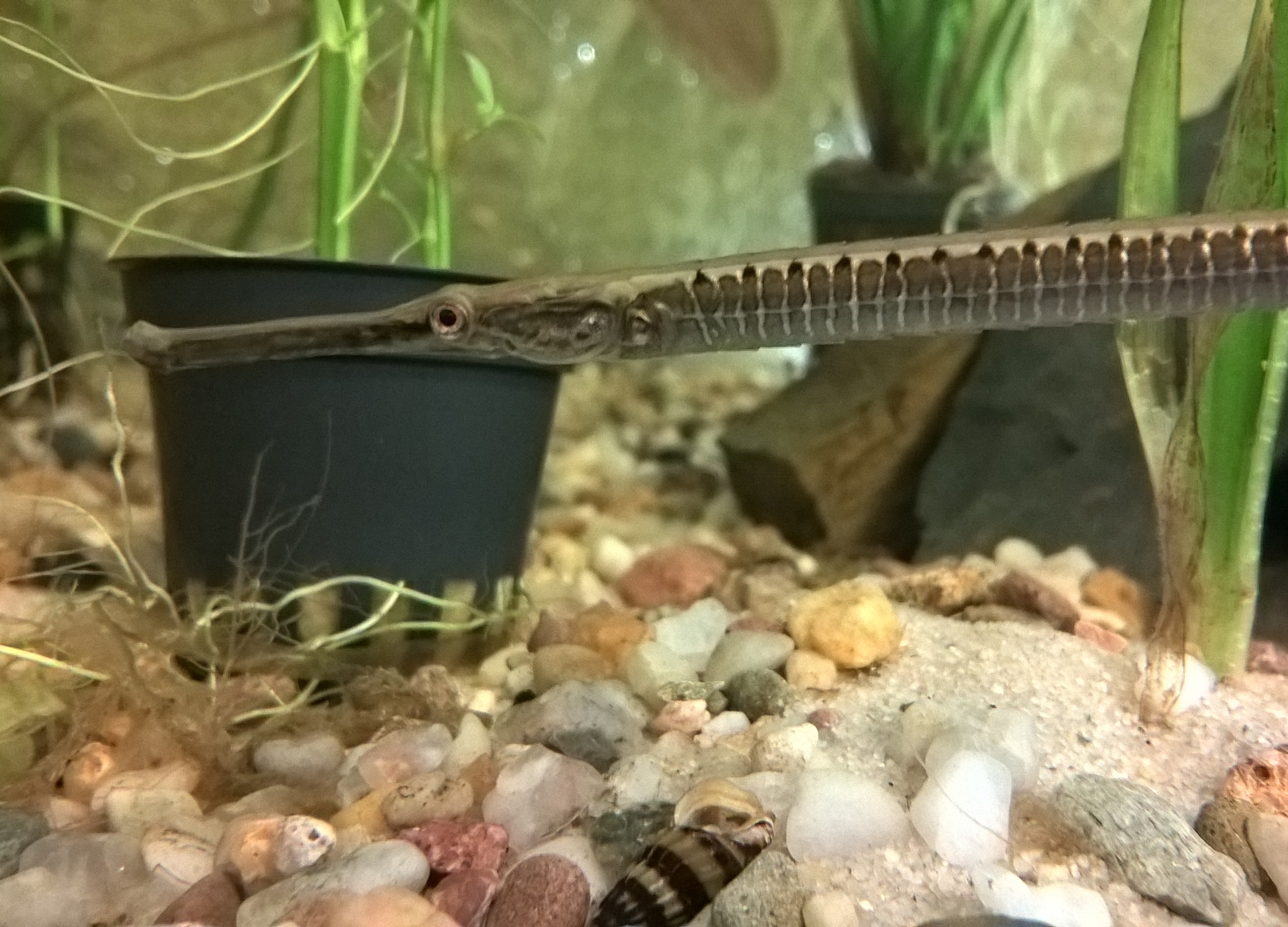 |
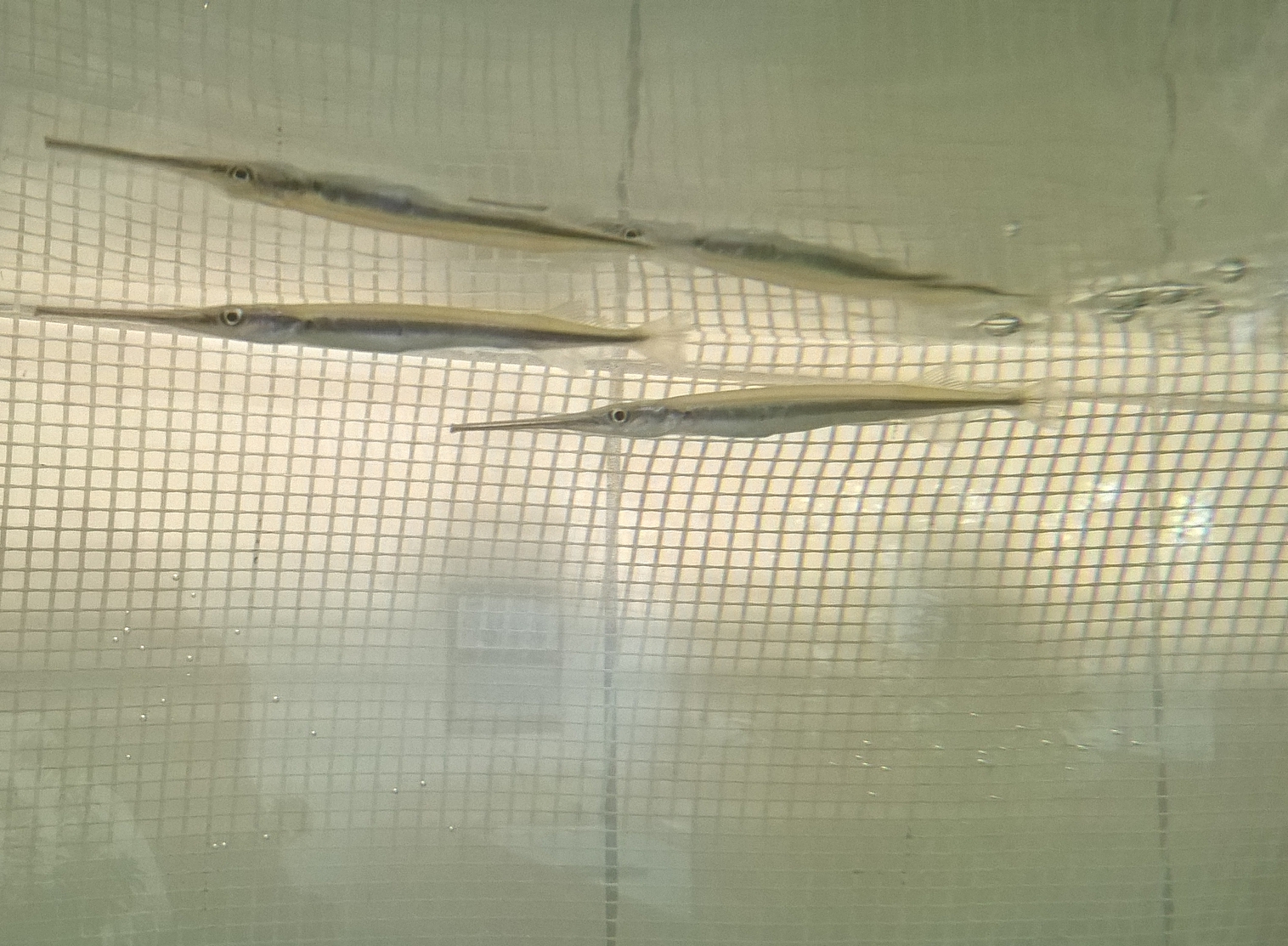 |
Józef Różański - Krystyna Żuwała
Józef is studying the variability in structure of chemoreception organs (olfactory and taste) in the family Salamandridae (Caudata, Amphibia). His thesis is focused on interspecific differences in anatomy, morphology and ultrastructure of chemoreception organs depending on life environment and stage of ontogeny. Also, he is conducting observations of changes in morphology and ultrastructure of chemoreception organs in salamandrids over the yearly cycle, and changes incurred by breeding environment.
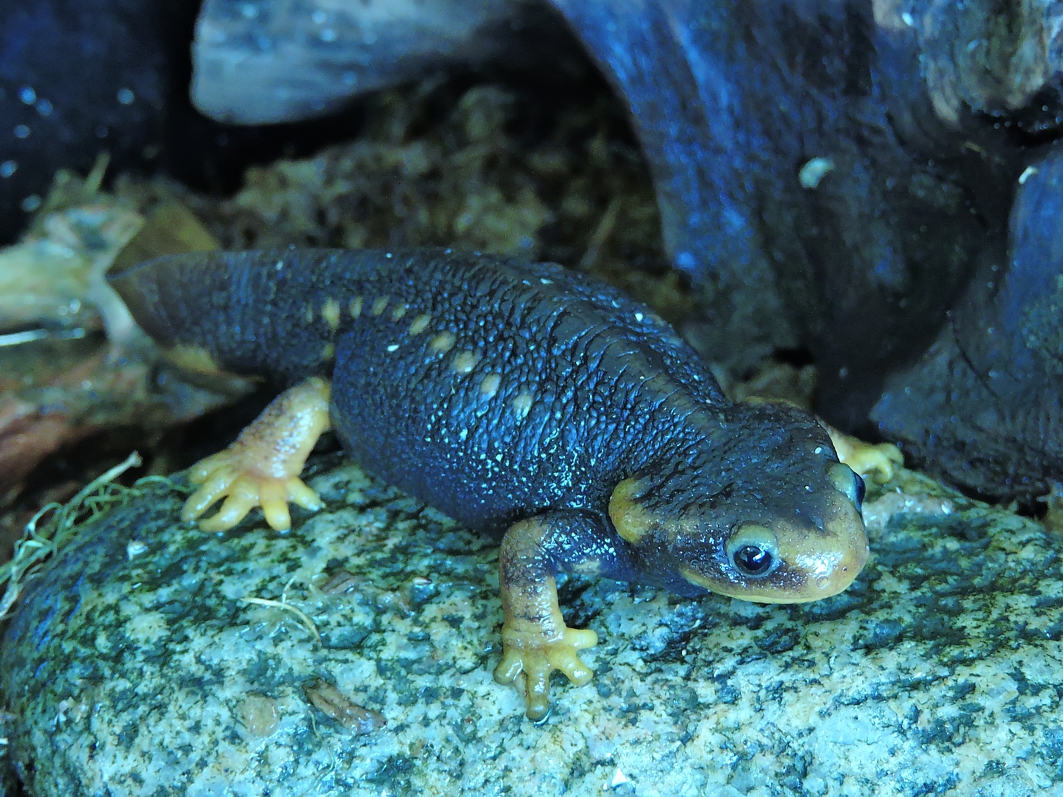 |
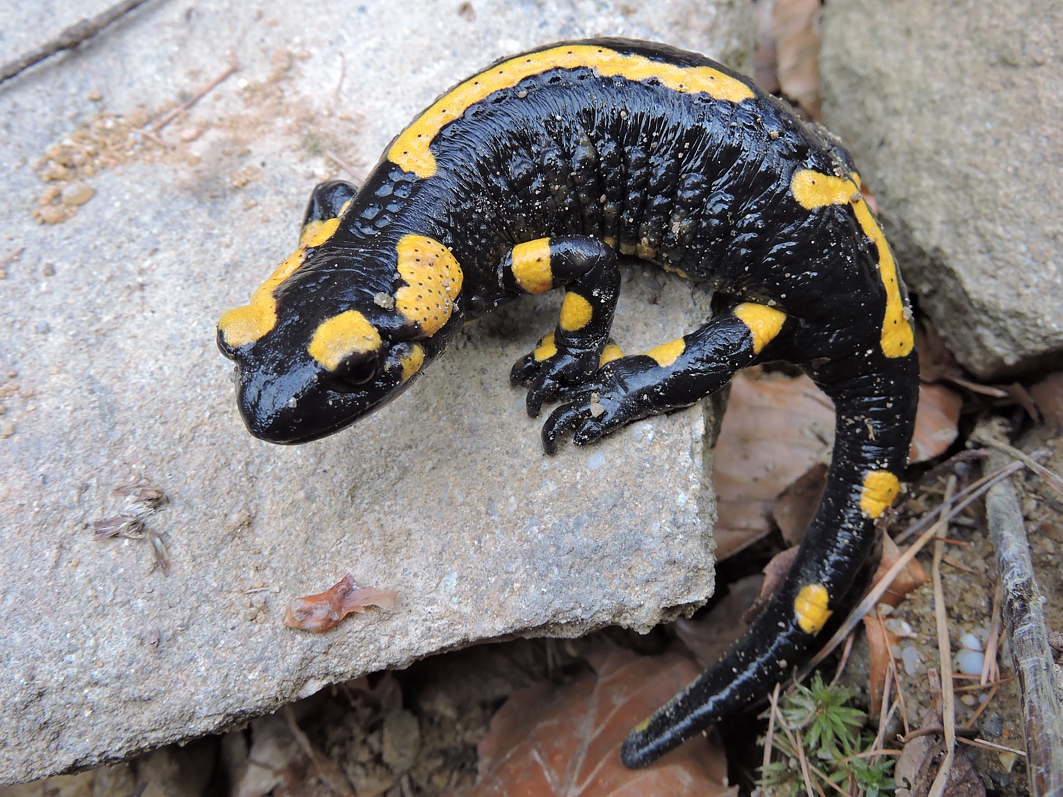 |
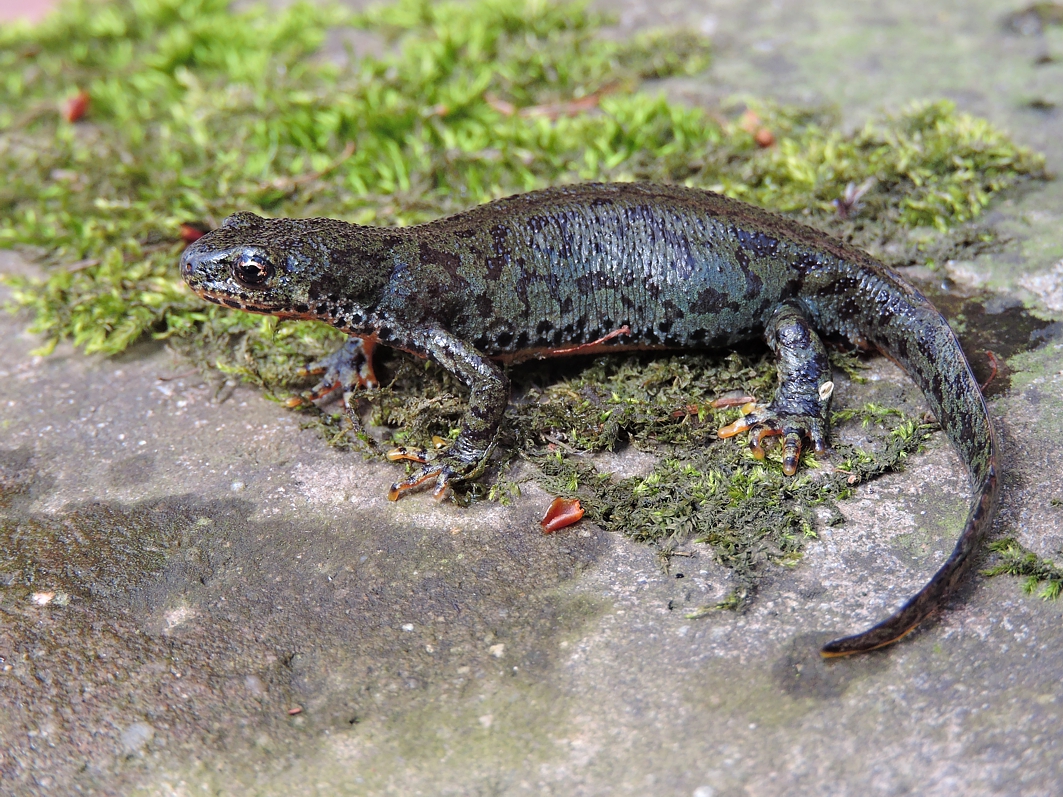 |
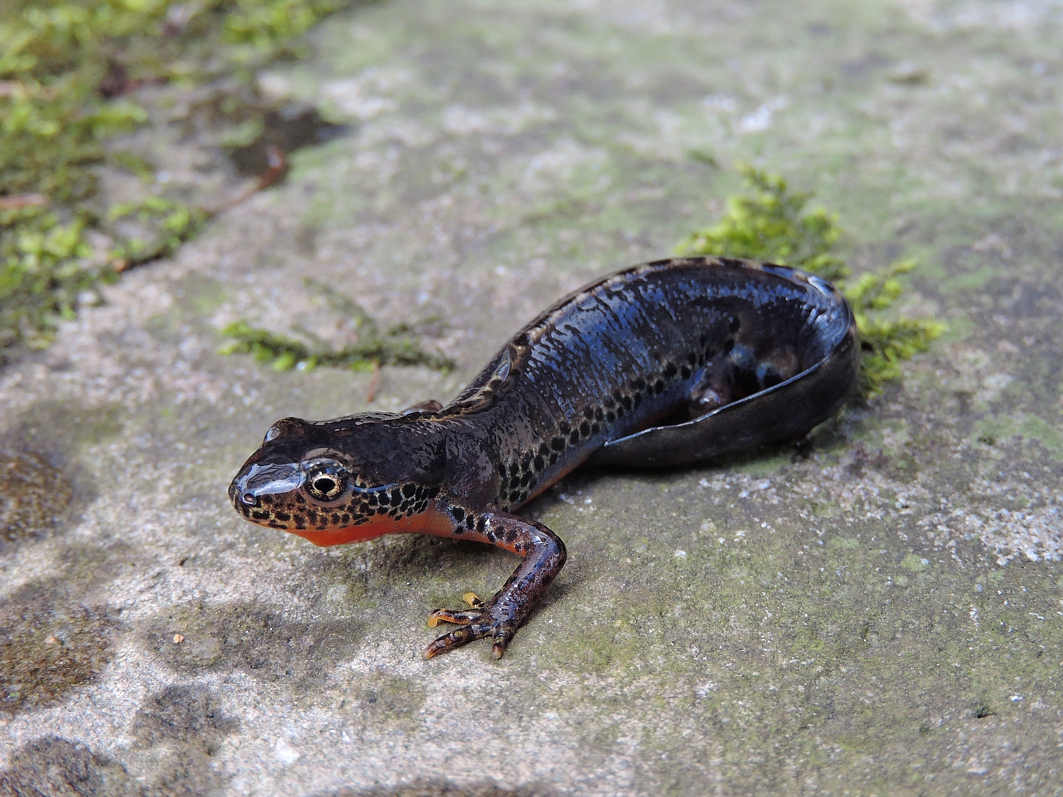 |
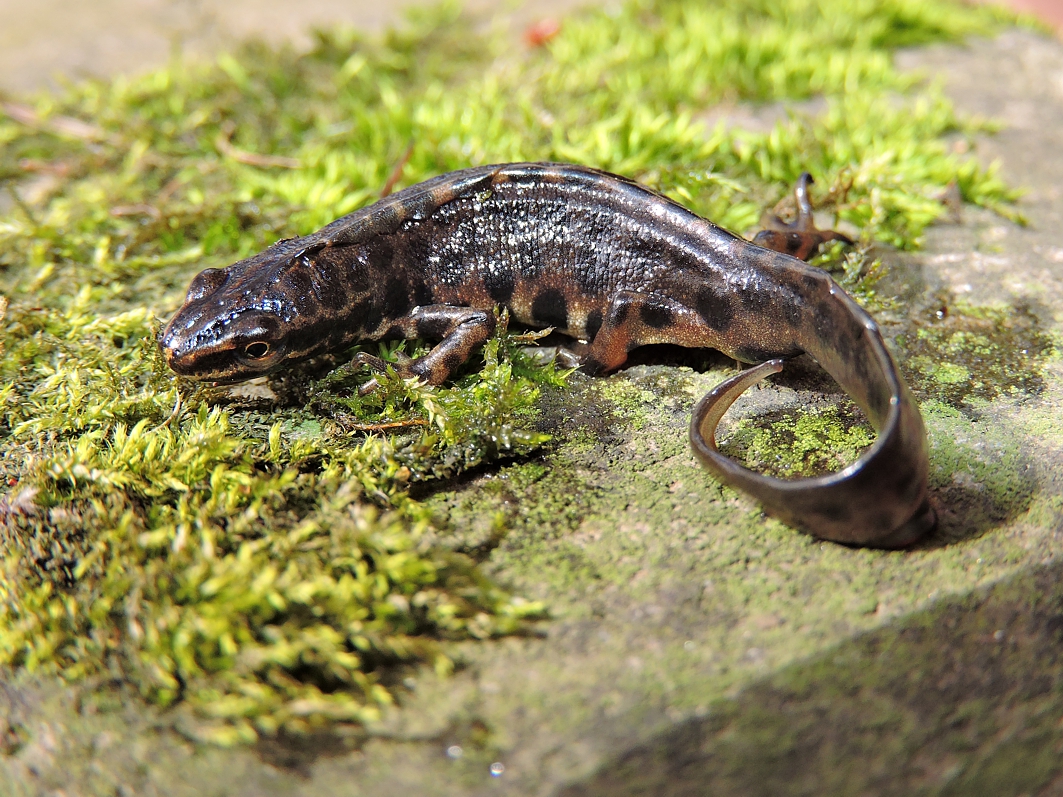 |
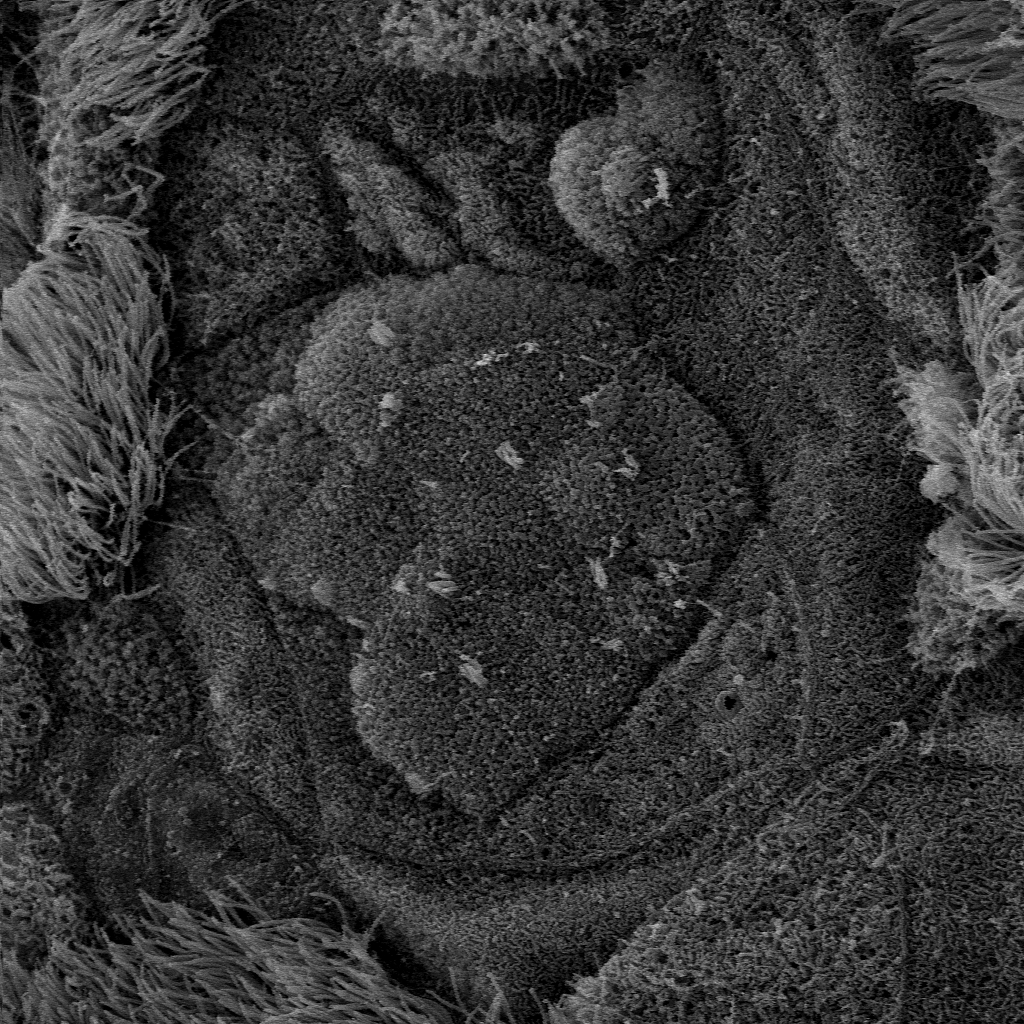 |
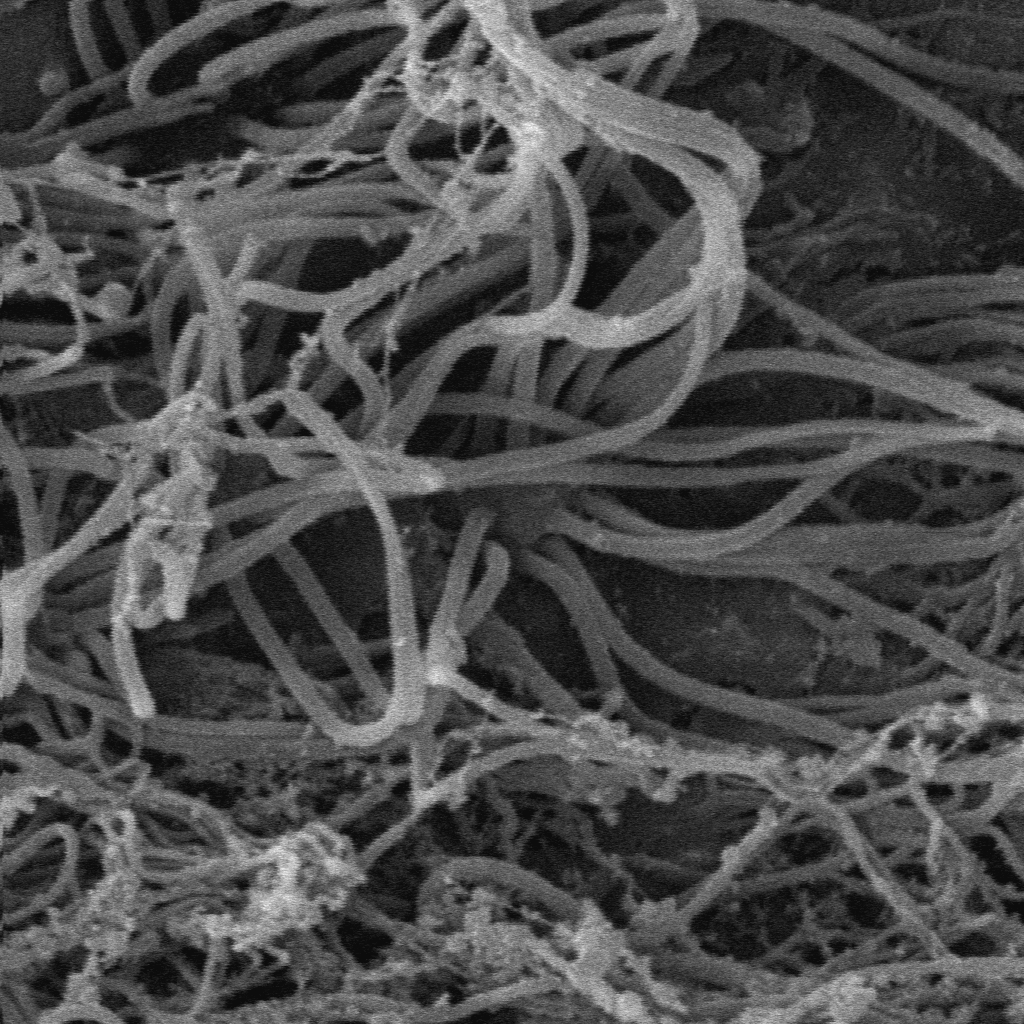 |
![[Rozmiar: 10469 bajtów]](grafika/ujlogo.gif)